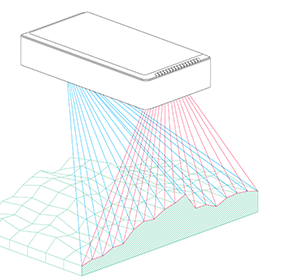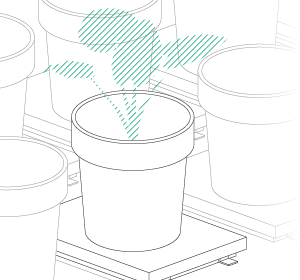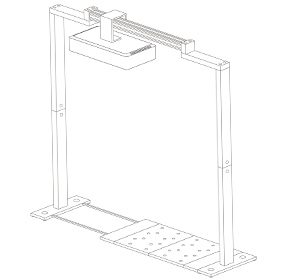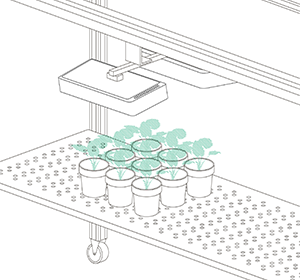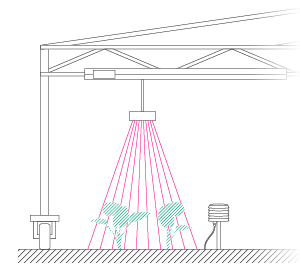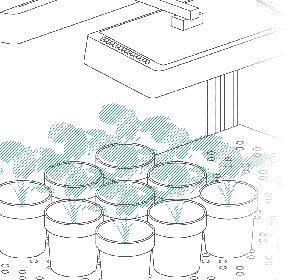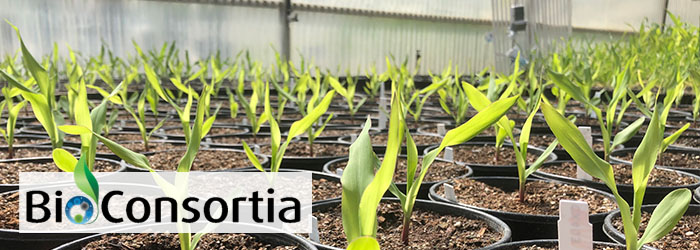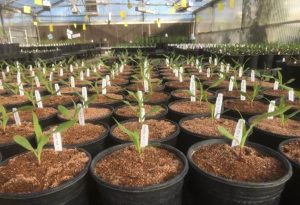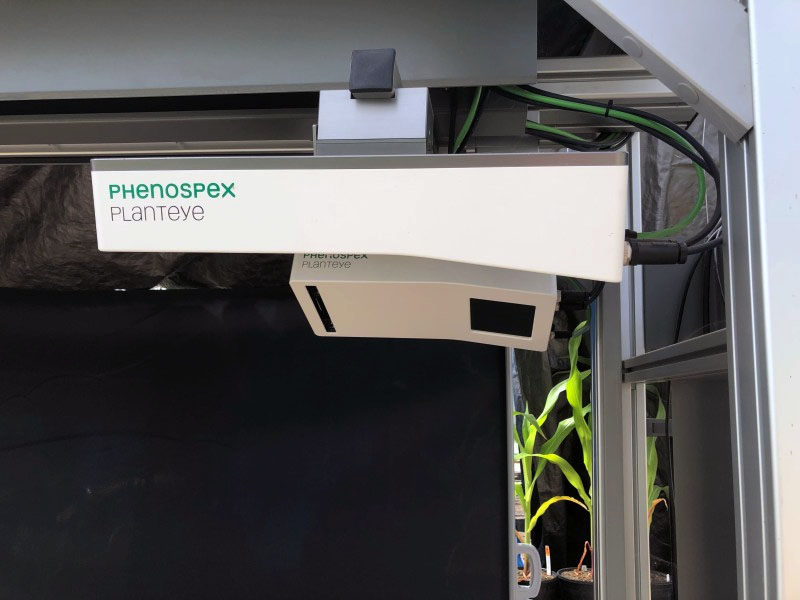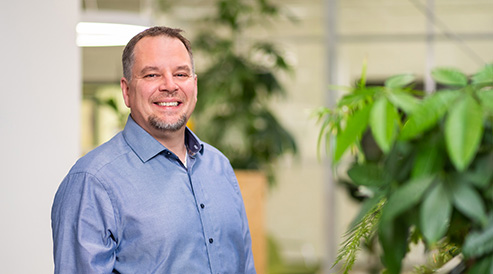BioConsortia has a biostimulant R&D pipeline that competes with the giants
BioConsortia Inc. based in Davis, California develops microbial based plant growth promoting products using their very own, patented Advanced Microbial Selection (AMS) pipeline. With a team of world-class, mostly PhD level agronomist and plant scientists Bioconsortia is well on the way to becoming the next big player in the field of agricultural biotechnology.
BioConsortia’s AMS pipeline was recently a finalist in the Agrow Crop Science Award 2020 for “Best R&D pipeline”, with our TraitFinder playing an integral role in their success, measuring off in the same category with the industry’s giants the likes of BASF, Bayer CropScience, Corteva Agriscience, and FMC. Even though FMC came away with the win, Bioconsortia nomination as finalist in the prestigious Agrow Crop Science Award serves as a guarantee of their future potential.
We are always eagerly looking forward to hearing our client’s success stories which feature our plant phenotyping solutions, so we took this opportunity to ask Sven Nelson of Bioconsortia a few questions on their recent success.
Sven Nelson
Plant Scientist at BioConsortia
Sven moved to another company in June 2021.
At BioConsortia we are dedicated to discovering beneficial microbes that can be used as biofertilizers. These microbes potentially have the ability to improve a plant’s response to abiotic and biotic stress, growth under low nutrient stresses or under disease pressure. Using our proprietary Advanced Microbial Selection (AMS) process, we evaluate potential beneficial microbes based on their effect on the phenotype of plants they are grown with. Because of this, efficiently phenotyping plants is crucial to the success of our research pipeline, and it is precisely at this step that TraitFinder excels.
Easy install
We have set up TraitFinder for use almost on the same day it was delivered, with just a few adjustments of settings in the HortControl software to better suit our randomized phenotyping workflow. And it has been improved over time to allow for more flexibility in experimental design from the get go. With TraitFinder we are able to easily phenotype up to a thousand plants per day and based on plant phenotype assess which bacteria are the most beneficial for plant development.
Valuable plant parameters and high throughput
We have recognized two main areas where TraitFinder contributed the most to the overall success of our pipeline. Firstly, TraitFinder allows for the measurement of new phenotypic parameters that were not able to be measured previously or simply took us too long to measure to remain practical. The accuracy of these measurements provided a high degree of consistency between different experiments, thus only showing the influence of the plant’s environment on the phenotype and minimizing variation of the phenotype arising from the phenotyping process itself.
Secondly, we greatly appreciate TraitFinder’s high throughput, since it allows us to phenotype more than a thousand plants a per day, and have results ready by the evening. Before using TraitFinder we had to phenotype the study plants in groups on different days, since there was no way to phenotype all of them in a single day. Taking measurements on different days introduces variation in the results which needs to be accounted for during data analysis. Now, using TraitFinder we are able to phenotype all of the plants involved in a single experiment in just one day. This way we know that all variation observed in results comes from the experimental treatment of plants and is not stochastic variation caused by taking measurements on different days. Simply put: we can obtain more & better results in less time and with less effort.
Easily accessible results and open data
We love the ease and speed that results from TraitFinder can be analyzed, even for those without a strict technical background. In addition, since we are a technical group, we appreciate the ability to have access to the raw 3D data files apart from the standard easily accessible tabular results. This enables us to perform a more in depth analysis of particular plant structural components of interest.
Great support completes the Phenospex experience
Lastly, we have to give thanks to the very friendly and helpful staff at Phenospex for being receptive to suggestions for improvements or additions of new features or metrics to the TraitFinder platform, allowing for the system to work perfectly in tune with our needs. On the infrequent occasions, where small issues have arisen that take the unit offline, we have always been able to get quick responses from Phenospex and usually have a fix that is in place by the next morning. Ever since it’s set up, TraitFinder has remained BioConsotia’s trusty workhorse, industriously phenotyping plants practically without a pause for the past couple of years.

